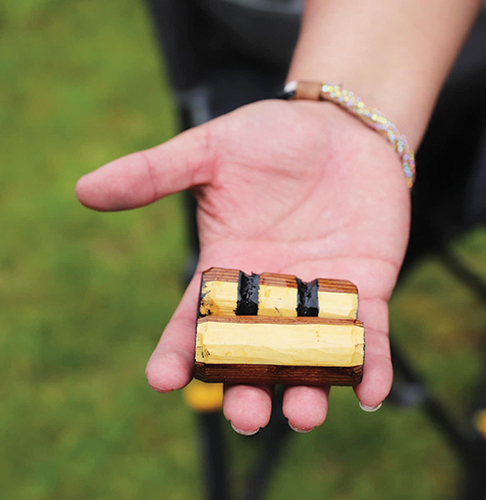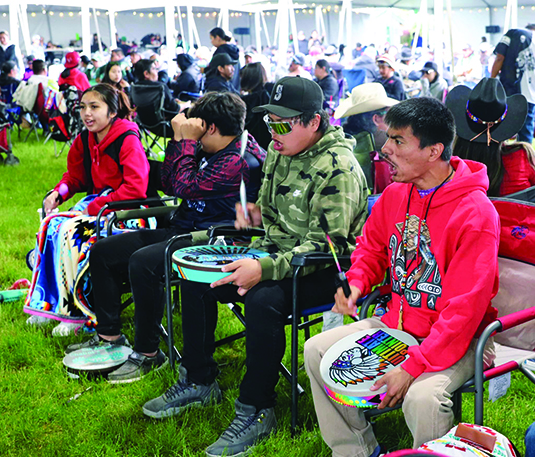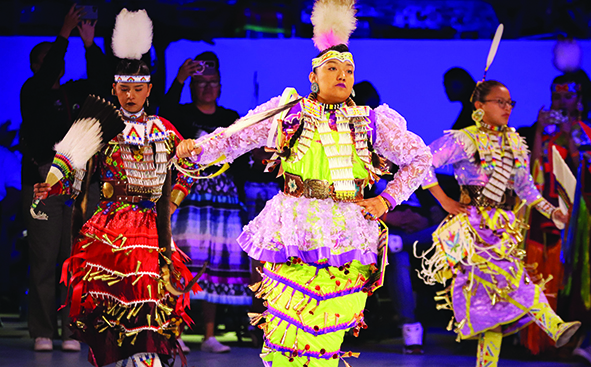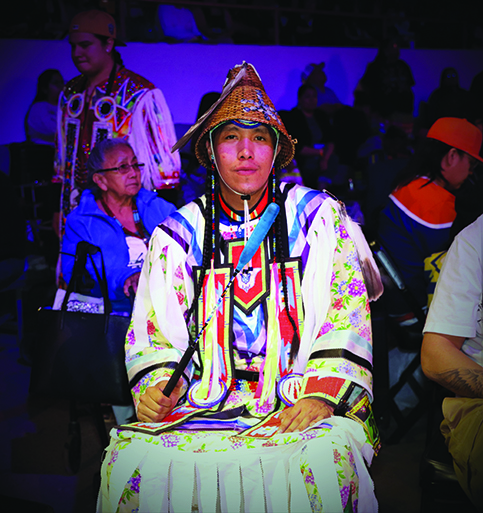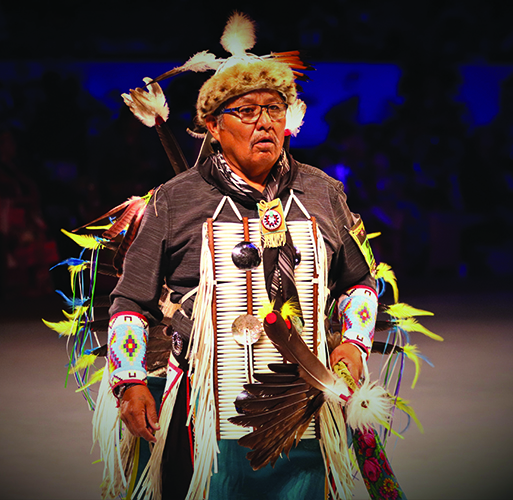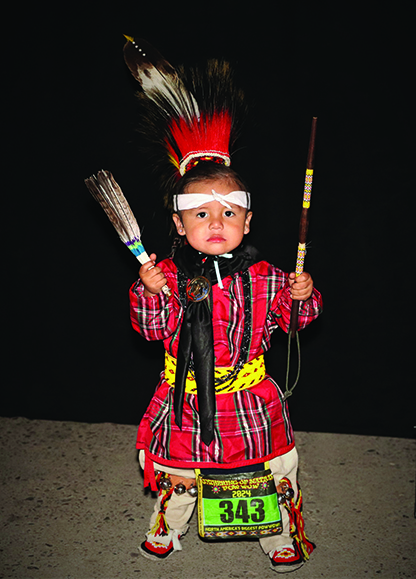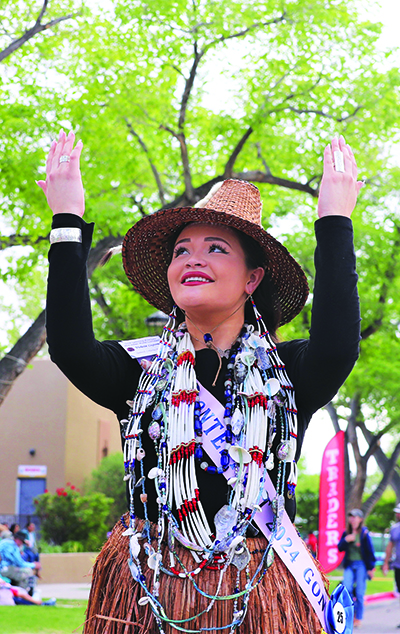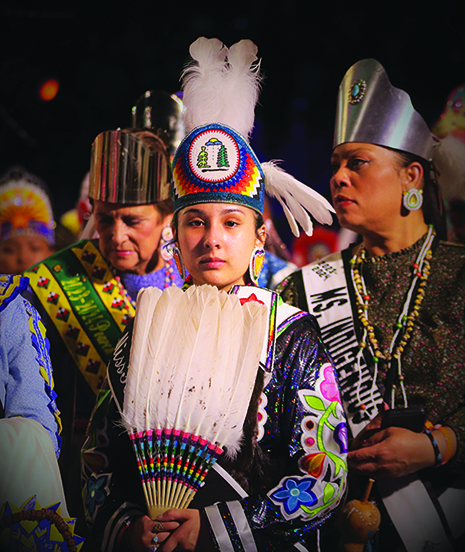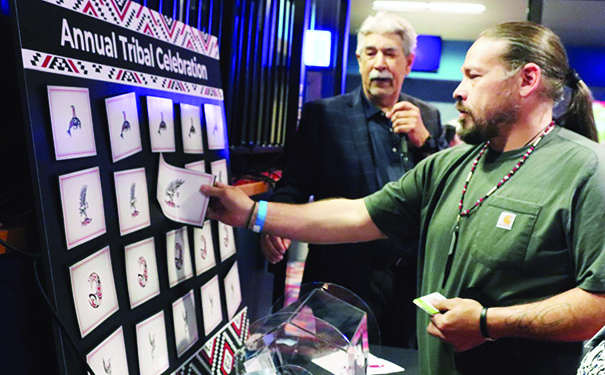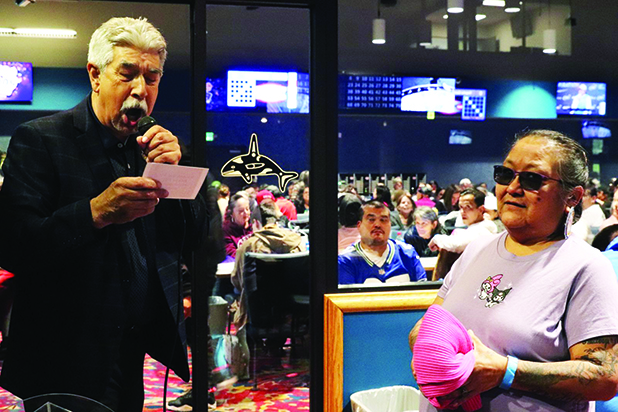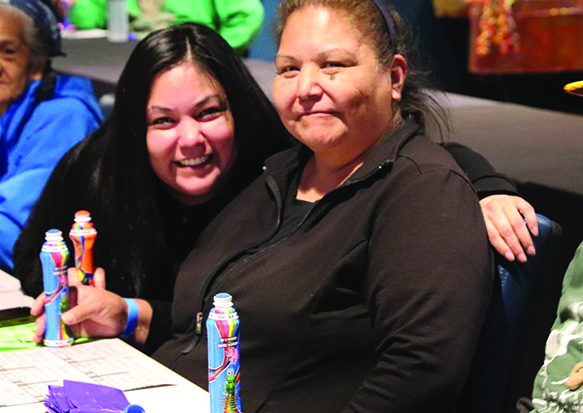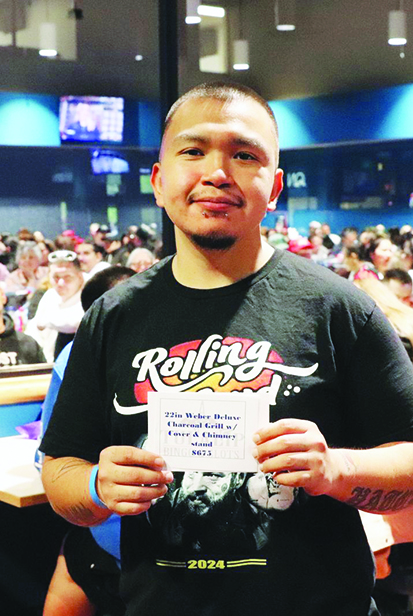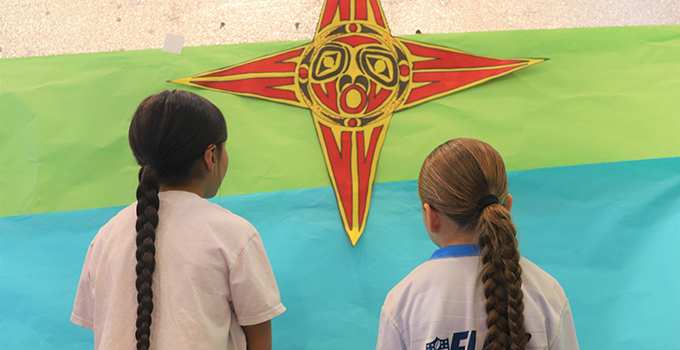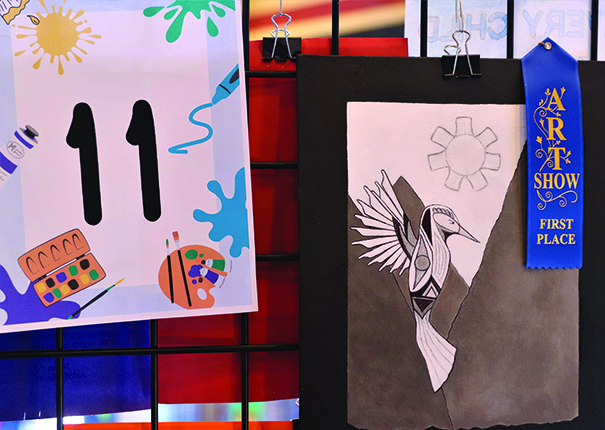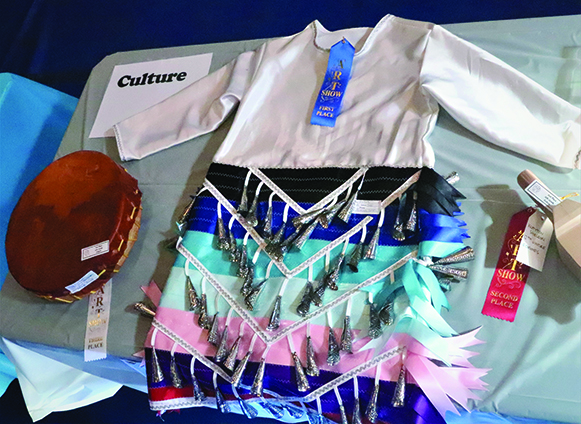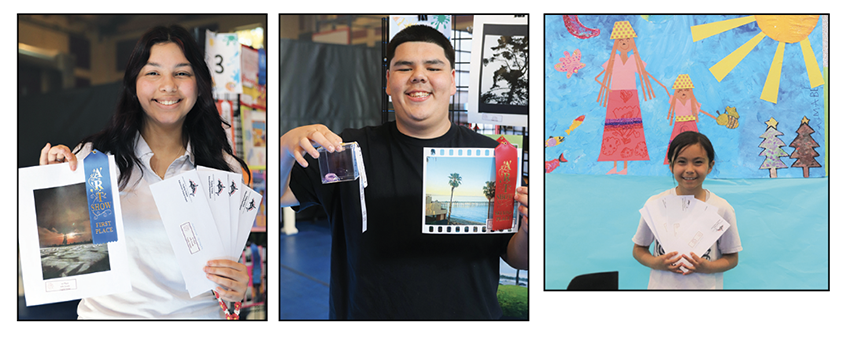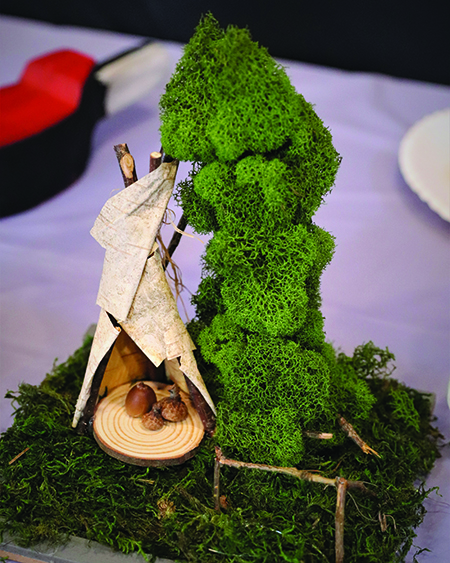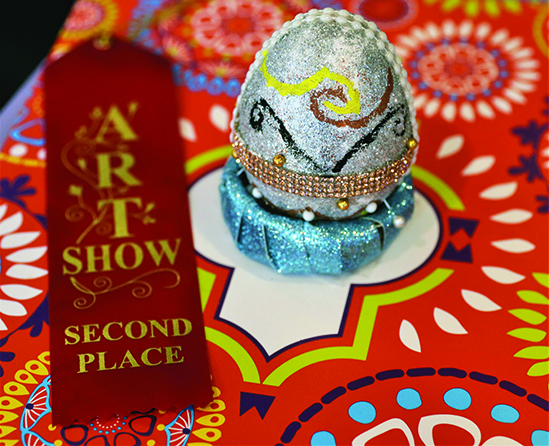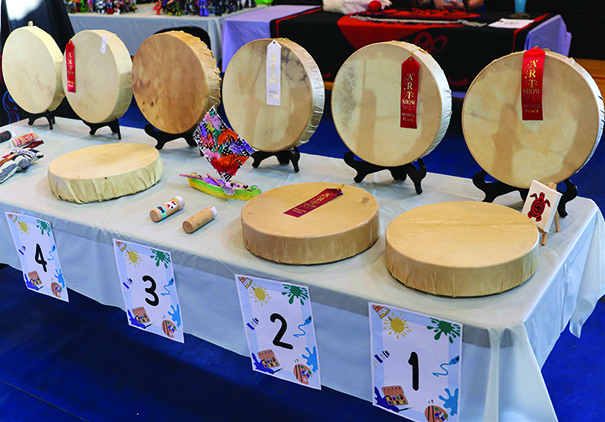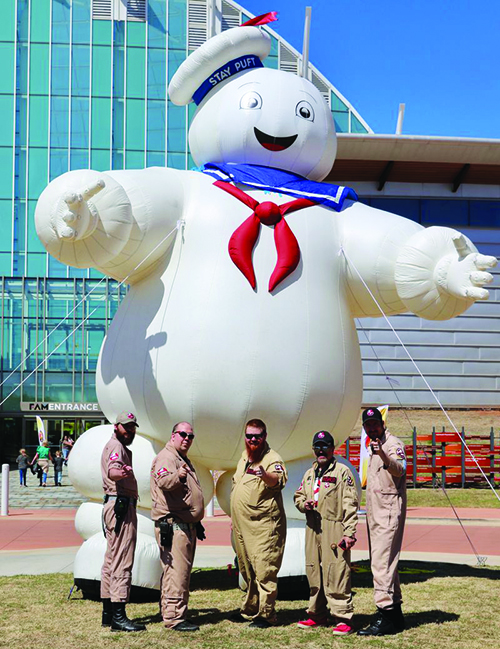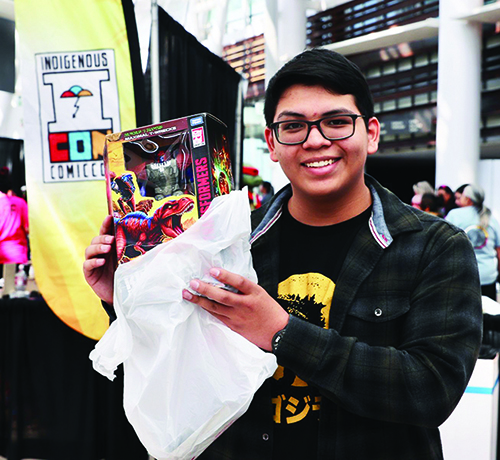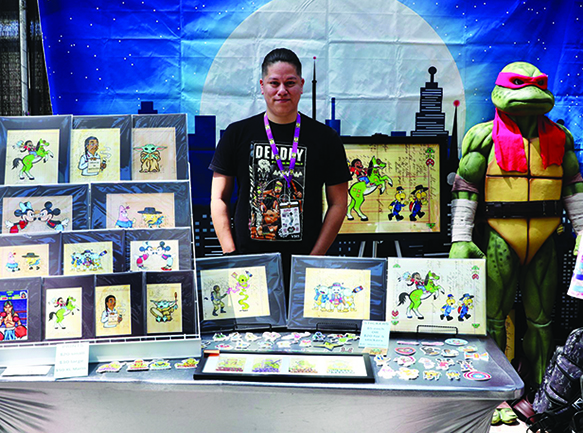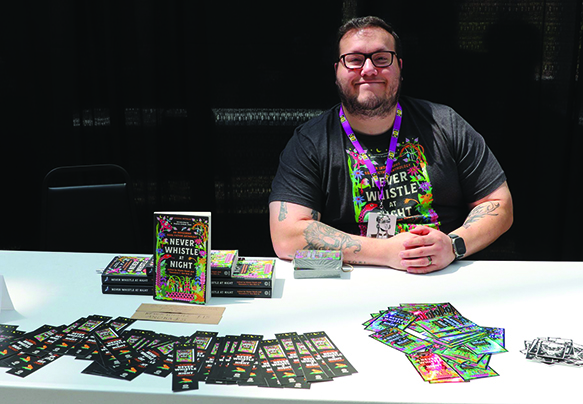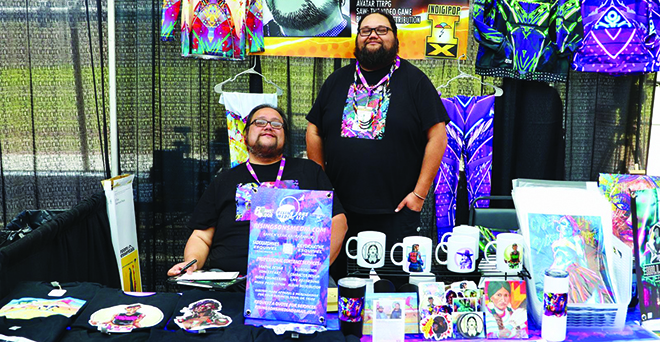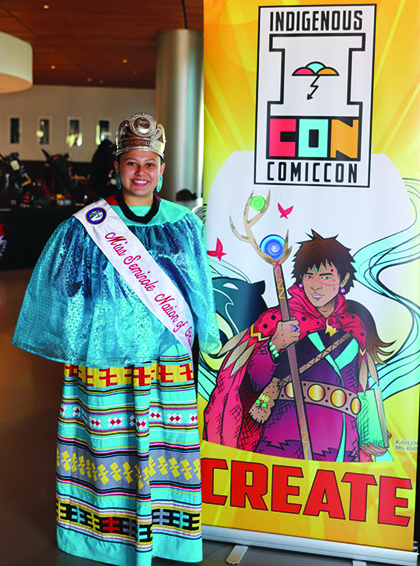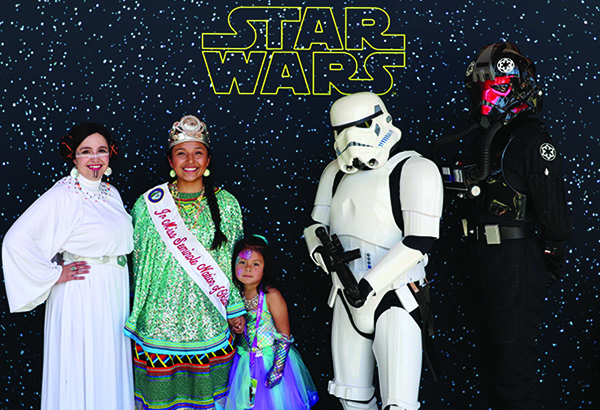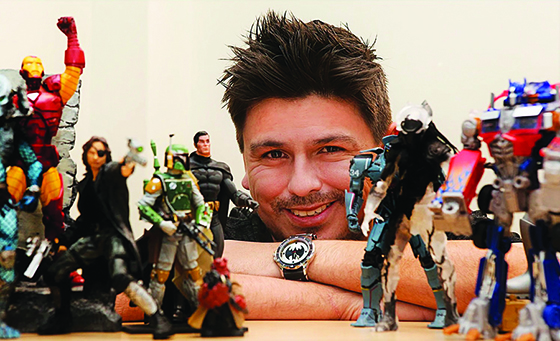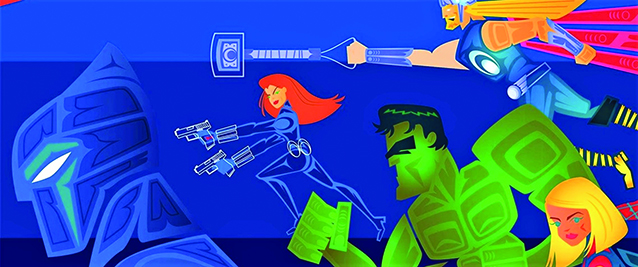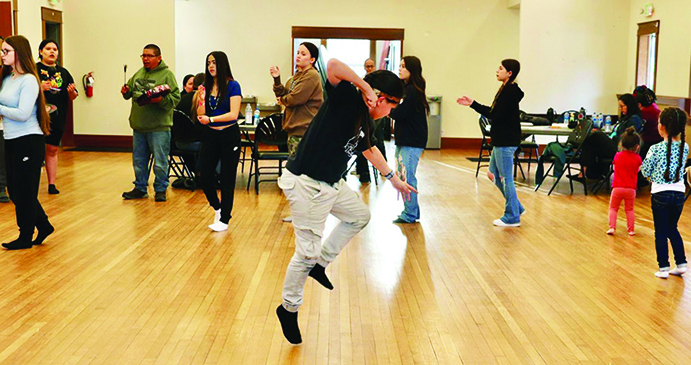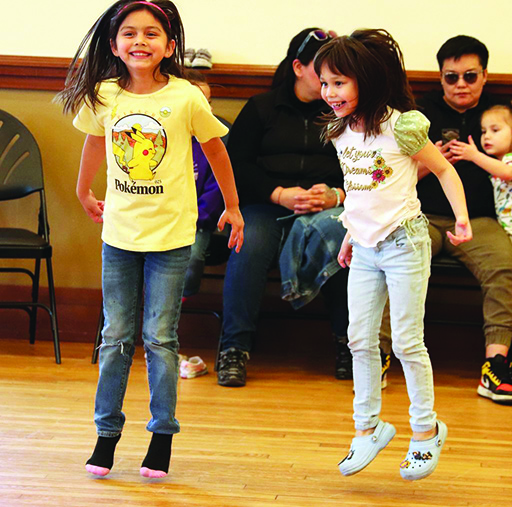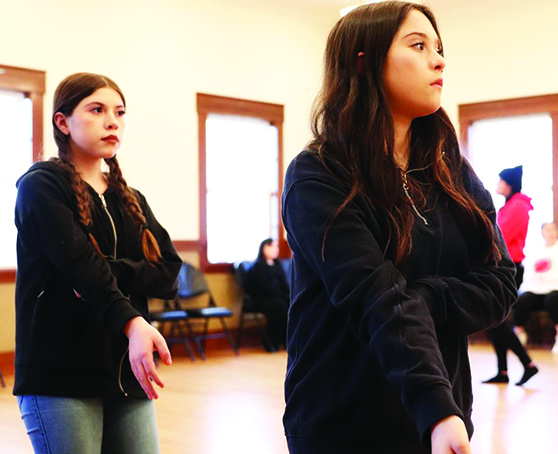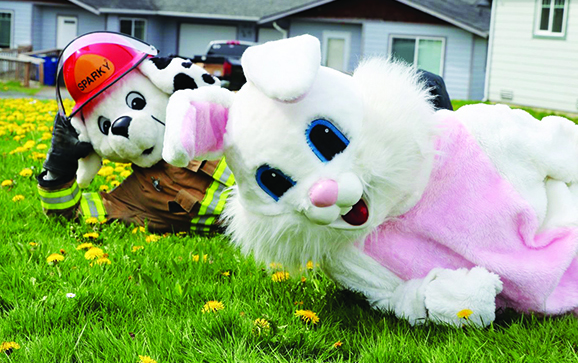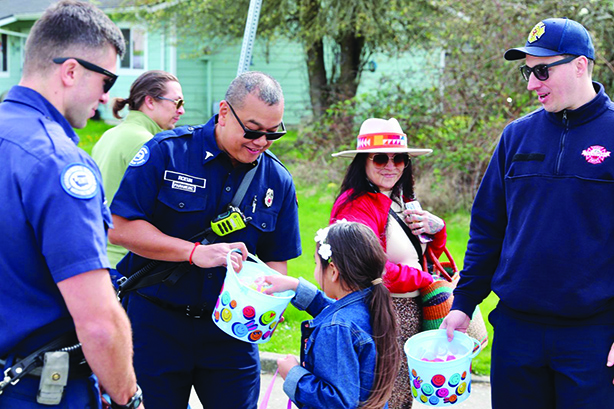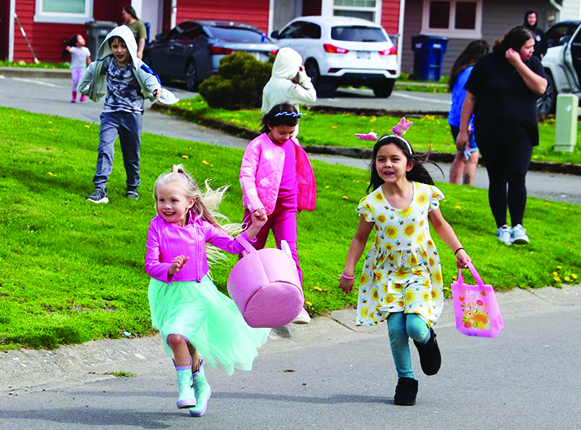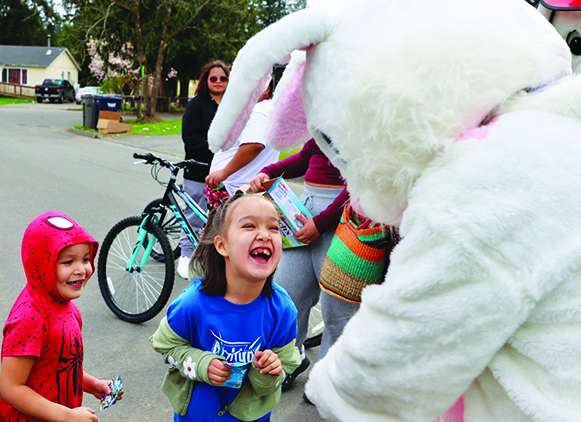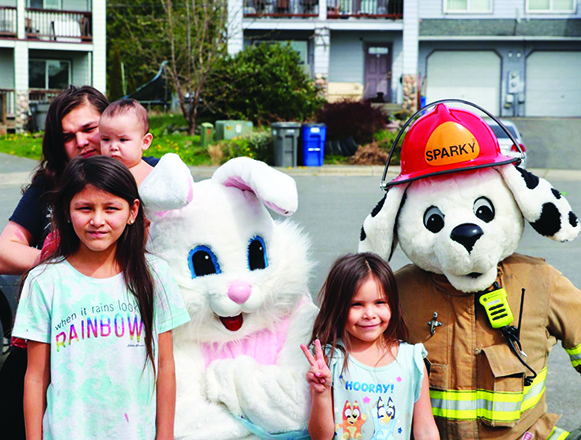
By Kalvin Valdillez, Tulalip News
Whether you’re catching some rays by the relaxing shores of the Salish Sea, out harvesting traditional foods in the natural world, or looking for something to capture your attention to pass the time while working in a firework stand at Boom City, make this short list of Indigenous novels your companion this summer for some fun, entertaining, thrilling, and emotional reads.
Each of the following books are filled with rez humor, traditional lessons, and haunting tales that ultimately bring attention to issues that we face as Indigenous people in 2024, such as boarding school trauma, Missing and Murdered Indigenous Women/People, and substance abuse/addiction.
What makes all of the stories so powerful and inspiring for the Native community is the fact that most of the main characters must recall and rely on their ancestral teachings to get through a number of dilemmas and survive the story. What that looks like in today’s modern society is half the fun, and it’s what makes each of these books certified page-turners.
If you are an audiobook listener or old-school paperback reader, be sure to pick up a copy of these works to help support Indigenous art and writers. Happy reading!
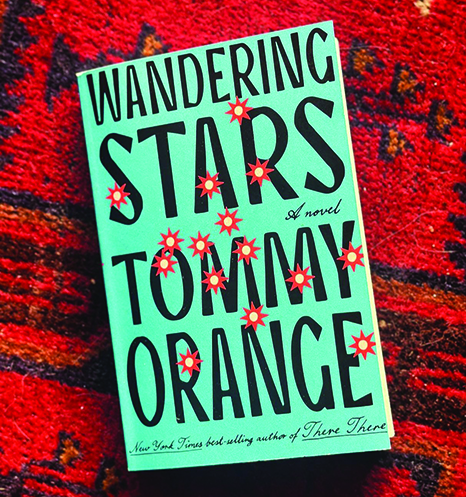
Wandering Stars by Tommy Orange
Following up his classic debut, There, There, Tommy Orange returns with an emotionally heavy novel that takes a deep dive into the assimilation era, and the trickle-down effect it’s had on tribal families for multiple generations since.
Wandering Stars is technically a sequel and revisits some of the main characters from There, There and digs into their family history. However, Wandering Stars can easily be read as a standalone. But there are several references and connections between the two novels, so if you have the time and haven’t read There, There, just yet, we highly recommend it!
“Extending his constellation of narratives into the past and future, Tommy Orange once again delivers a story that is by turns shattering and wondrous, a book piercing in its poetry, sorrow, and rage—a masterful follow-up to his already-classic first novel, and a devastating indictment of America’s war on its own people.”
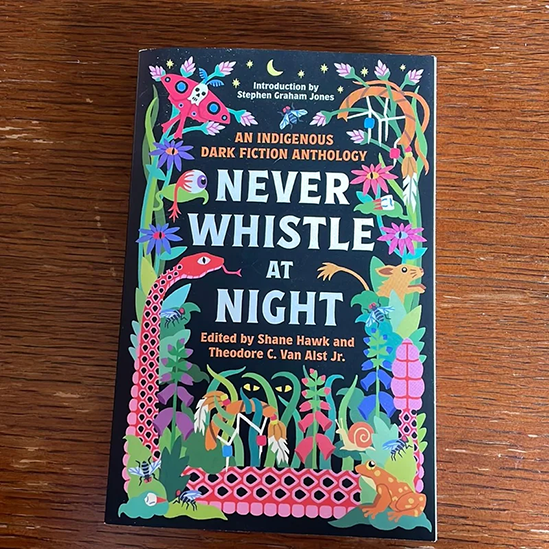
Never Whistle at Night: An Indigenous Dark Fiction Anthology by Shane Hawk
Fair warning, some of the stories in this book will stick with you for several days and are downright scary. We’re talking ghosts, monsters, curses, hauntings, sinister revenge plots. But of course, you were probably able to surmise that on your own from the title, as the message to Never Whistle at Night is embedded into the brain of every Indigenous youth, adult, and elder all across the nation.
In this book, we are introduced to nearly thirty original stories by well-known Indigenous authors like Stephen Graham Jones, Morgan Talty, Kelli Jo Ford, Nick Medina, Norris Black, Waubgeshig Rice, and many, many more.
“Many Indigenous people believe that one should never whistle at night. This belief takes many forms: for instance, Native Hawaiians believe it summons the Hukai’po, the spirits of ancient warriors, and Native Mexicans say it calls Lechuza, a witch that can transform into an owl. But what all these legends hold in common is the certainty that whistling at night can cause evil spirits to appear—and even follow you home.”

Indian Burial Ground by Nick Medina
Like most of Nick Medina’s works, Indian Burial Ground, is extremely difficult to put down once you get started. With fast pacing and short chapters, you are sure to fly through this book in no time.
Through his stories, Nick Medina tackles Indigenous issues head-on. In his bestseller, Sisters of the Lost Nation, Medina does an excellent job of bringing attention to the MMIW epidemic and its effects on a tribal community. The two underlying themes that he explores in Indian Burial Ground are teen suicide and alcoholism.
In an attempt to make this recommendation completely spoiler free, we’ll leave the shocking mystery to you. But what we will share is that Medina ramps up his storytelling ability and has the reader following two timelines; one in present time and the other occurs during the summer in the 80’s.
“All Noemi Broussard wanted was a fresh start. With a new boyfriend who actually treats her right and a plan to move from the reservation she grew up on—just like her beloved Uncle Louie before her—things are finally looking up for her. Until the news of her boyfriend’s apparent suicide brings her world crumbling down. But the facts about Roddy’s death just don’t add up, and Noemi isn’t the only one who suspects something menacing might be lurking within their tribal lands.”
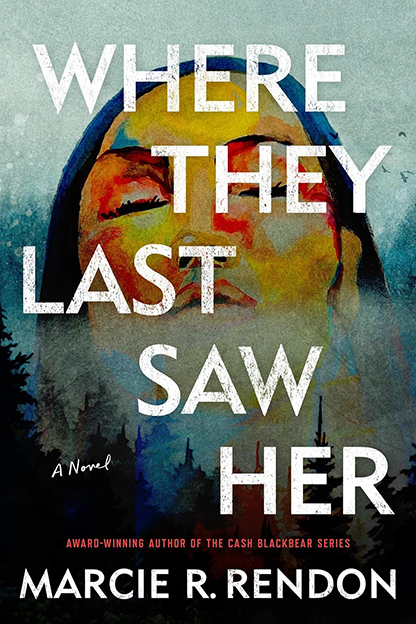
Where They Last Saw Her by Marcie R. Rendon
Set on the Red Pine reservation in Minnesota, this novel follows Quill as she decides to take it upon herself to find answers after another woman from her rez goes missing. Out of all the fantastic reads on this list, Where They Last Saw Her, has the highest rating across all platforms, including Goodreads, Amazon, Audible, and Apple books.
Trigger warning, this book touches on difficult subjects that Indigenous women unfortunately often experience such as violence against women and sex trafficking. This book is raw, heartbreaking, as well as powerful and educational, and Rendon masterfully provides insight and perspective on the MMIW/P epidemic.
“As Quill closes in on the truth behind the missing woman in the woods, someone else disappears. In her quest to find justice for the women of the reservation, she is confronted with the hard truths of their home and the people who purport to serve them. When will she stop losing neighbors, friends, family? As Quill puts herself, her family, and everything she’s built on the line to make a difference, the novel asks searing questions about bystander culture, the reverberations of even one act of crime, and the long-lasting trauma of being invisible.”
The Indian Lake Trilogy by Stephen Graham Jones
Truth be told, every single literary piece of fiction by SGJ should be on everybody’s TBR list. Ahead of The Indian Lake Trilogy, Stephen Graham Jones became famous for weaving in traditional stories into contemporary reads with a horror twist. However, this series isn’t that. Sure, there may be callbacks to certain Indigenous legends and lore, but the main character in this series is a badass Indigenous teen girl, Jade Daniels, whose love for slasher films may just save her life as well as her loved ones.
The three novels of the trilogy are: My Heart is a Chainsaw, Don’t Fear the Reaper, and The Angel of Indian Lake. This series is like a cross between Sherman Alexie’s The Absolutely True Diary of a Part-Time Indian and the entire Friday the 13th film collection. The Indian Lake Trilogy is a must read. It is gory, beautiful, and most importantly, it teaches a significant lesson about caring for the land and the impact colonization has on sacred territories.
“You won’t find a more hardcore eighties-slasher-film fan than high school senior Jade Daniels. And you won’t find a place less supportive of girls who wear torn T-shirts and too much eyeliner than Proofrock, nestled eight thousand feet up a mountain in Idaho, alongside Indian Lake, home to both Camp Blood – site of a massacre fifty years ago – and, as of this summer, Terra Nova, a second-home celebrity Camelot being carved out of a national forest. That’s not the only thing that’s getting carved up, though – this, Jade knows, is the start of a slasher. But what kind? Who’s wearing the mask? ….. Go up the mountain to Proofrock. See if you’ve got what it takes – see if your heart, too, might be a chainsaw.”
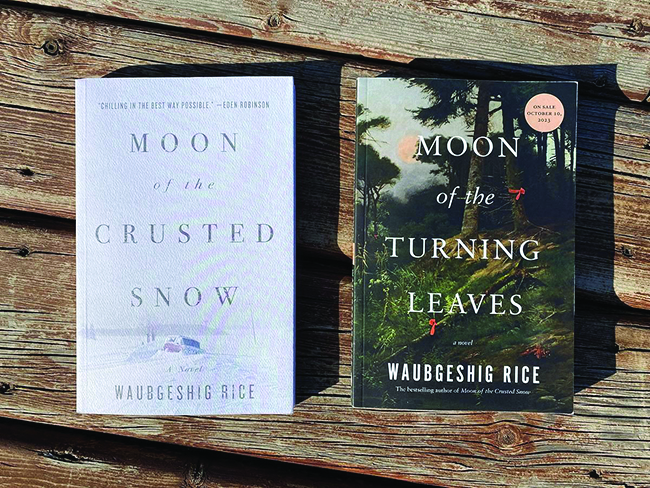
The Moon Series by Waubgeshig Rice
This series is comprised of two novels: Moon of the Crusted Snow and Moon of the Turning Leaves. Many of you can easily buy into the premise of this series as lots of Indigenous families have experienced this at least once in their lives, albeit at a much smaller degree. This is especially true for those who call Tulalip home and have dealt with days-long power outages from windstorms, where we felt disconnected from the world.
These books take place on a remote reservation, far away from the conveniences of city-living. When the entire rez loses power and communication from the outside world, tribal members have to hunker down and survive a long and cold winter. Days turn to weeks and weeks turn to months as they return to their traditions and are able to get by on the strength of community alone. However, things take a fast and dark turn when the people agree to take in non-Tribal refugees who are fleeing a post-apocalyptic society.
“With winter looming, a small northern Anishinaabe community goes dark. Cut off, people become passive and confused. Panic builds as the food supply dwindles. While the band council and a pocket of community members struggle to maintain order, an unexpected visitor arrives, escaping the crumbling society to the south. Soon after, others follow…. Blending action and allegory, Moon of the Crusted Snow upends our expectations. Out of catastrophe comes resilience. And as one society collapses, another is reborn.”

